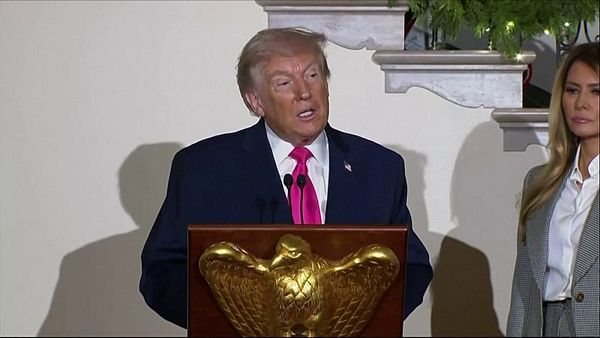Climate change is an existential threat that sheds new light on the US-China rivalry. The rise of China has shaken the post-Cold War liberal order and the West has been preoccupied with whether to engage or contain China, or both.
Many believe that conflict between the US and China is inevitable, but this may not come to pass. It is more likely that an "increasingly hybrid order" is emerging, perhaps with combined neo-liberal and neo-statist characteristics where governments become more assertive in managing and directing the economy. Understandably wary of choosing sides, Southeast Asia not only needs to tread carefully and support the de-escalation of geopolitical competition, it needs to work with both superpowers to tackle climate change and promote low-carbon development in the region.
Differences in values and sharp disagreements on topics ranging from human rights to intractable issues such as Taiwan and the South China Sea dispute will continue to cause tensions. However, it is in their own interest for both to strengthen their collaboration on tackling climate change and to support renewable energy transitions. As the political scientist Joseph Nye has argued, climate change "obeys the laws of physics, not politics", so neither Washington nor Beijing can choose to decouple from the climate emergency or solve the problem on their own. Climate change threatens environmental and human security in both countries. It can also be argued that for economic gains, climate innovation in the areas of renewable energy and other green technologies can help the American and Chinese economies become more competitive. Not only will American and Chinese companies in these sectors gain commercial benefits, but being global leaders in renewable energy could potentially strengthen their countries' soft power.
Despite the strong language that portrays China as the main challenger to American primacy, President Joseph Biden's Indo-Pacific Strategy suggests that the US will attempt to manage its competition with China and work with it in areas such as climate change and nuclear non-proliferation. Since November last year, the two countries have agreed to work together to reduce greenhouse gas emissions. Hopefully, the urgency to address climate change will help to limit US-China geopolitical competition and strengthen much-needed multilateral collaborations.
Reports by US national security agencies have warned that inter-state tensions may rise as countries negotiate their climate change mitigation responsibilities and compete to bring about renewable energy transitions. Increased competition to secure critical materials, such as rare earths, could also unleash large-scale transnational mining operations that have negative social and environmental consequences in host countries. Countries have to work together to prevent this from occurring and to avert potential conflicts. They should also consider placing ecological sustainability goals front and centre in their foreign policy objectives.
China and the US are both in a strong position to help stimulate global energy transitions. Central to Chinese foreign policy is the Belt and Road Initiative (BRI), which has often been criticised for promoting unsustainable development. To a certain extent, China has made attempts to green the BRI and to promote investment in renewables since 2017. It stopped funding new overseas coal power projects in 2021. As China has strong policy banks and is a global leader in renewable energy, it could potentially play an important role in promoting global energy transitions in the post-Covid era. Even though there might not be a deliberate debt trap strategy designed by Beijing, countries should be extremely careful when taking out large-scale infrastructure loans from China. They should learn from the experience of countries such as Sri Lanka and Laos, which are now facing high prospects of sovereign default.
If the US does not want to fall behind China, it should increase overseas renewable energy engagement and provision of technical assistance, whether bilaterally or through the Indo-Pacific Economic Framework and the Partnership for Global Infrastructure and Investment (PGII). Between 2000 and 2018, two-thirds of overseas power capacity additions funded by the US came from fossil fuels. In the future, the US should align its overseas energy financing pattern with domestic trends. Impressively, two-thirds of power capacity additions in the US came from wind and solar between 2010 and 2018.
As Southeast Asia urgently needs to expand its renewable energy capacity and curb greenhouse gas emissions, it should remain open to working with all the major powers to achieve these goals. BRI investments in the region and China-Asean economic ties remain strong despite the pandemic, whilst the US is still trying to catch up with and out-compete China in Asean. Due to the urgent need to promote energy transitions and the current state of China-Asean-US relations, Southeast Asia cannot afford to choose sides.
Instead, Southeast Asian governments should concentrate on doing what is best for their citizens and the planet. Given the uncertainties brought about by the evolving world order and the climate emergency, it is more important than ever to support the de-escalation of geopolitical conflicts and strengthen multilateral climate action.
Prapimphan Chiengkul is a Visiting Research Fellow at ISEAS-Yusof Ishak Institute, Singapore. This commentary first appeared on ISEAS-Yusof Ishak Institute's blog, Fulcrum.







